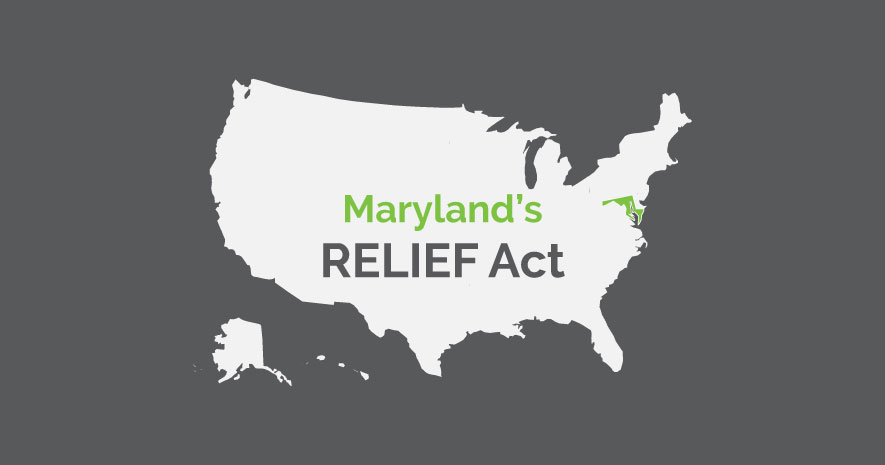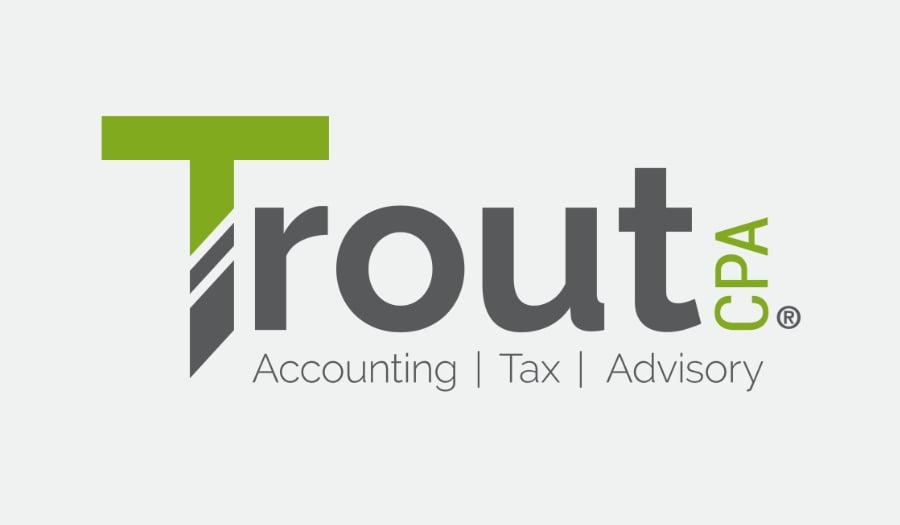Approves Subtraction for Certain COVID-19 Relief Payments And Amends PTE Election
On February 15, 2021, Maryland's Governor signed Senate Bill (SB) 496, Recovery for the Economy, Livelihoods, Industries, Entrepreneurs, and Families Act, (RELIEF Act) into law. The RELIEF Act’s purpose is to alleviate some of the harsh economic effects of the coronavirus pandemic on Maryland residents and businesses. Notably, the RELIEF Act allows Maryland taxpayers to subtract certain coronavirus relief payments from taxable income. Additionally, it includes an update to the Maryland pass-through entity (PTE) tax election allowing the election to apply to non-resident owners.
Subtractions from Income
Individual Taxpayers
The RELIEF Act permits Maryland resident individual taxpayers to subtract certain “coronavirus relief payments,” unemployment benefits and state economic impact payments from federal adjusted gross income (AGI), to the extent they were included in federal AGI. These amounts must be subtracted from federal AGI in the same tax year they were received. The coronavirus relief payments and unemployment benefits subtractions are available for tax years beginning after December 31, 2019, but before January 1, 2022, while the state economic impact payments subtraction is granted for a taxable year beginning after December 31, 2020, but before January 1, 2022.
A coronavirus relief payment is defined as “a federal, state, or local government grant or loan for which a person applied on or after March 5, 2020; and that was provided to the person for the purpose of assisting with the economic hardships resulting from the coronavirus pandemic.” These coronavirus relief payments include the amount of a “coronavirus relief loan that has been forgiven.” The state Comptroller will publish guidance on the subtraction, including a list of which coronavirus relief payments are eligible for the subtraction.
Certain taxpayers may also subtract the amount of unemployment benefits received during the taxable year. Eligible taxpayers that can subtract unemployment benefits are limited to an individual’s AGI for the taxable year that does not exceed $75,000 for an individual or $100,000 for married filing jointly.
Individual taxpayers can also subtract Maryland “economic impact payments” on their Maryland returns on their 2021 Maryland income tax returns.
Corporate Taxpayers
Similar to the subtractions allowed for individuals, the RELIEF Act also allows corporations to subtract “coronavirus relief payments” from federal taxable income, to the extent they are included in federal taxable income. These coronavirus relief payments reference the definition applied to individual taxpayers, and the subtraction applies for the same tax periods.
PTE Tax Election Updates
In addition to providing economic relief to certain taxpayers affected by the coronavirus pandemic, the RELIEF Act also amends Maryland’s PTE tax election legislation first enacted in May 2020. The bill allows the election to apply to the distributive shares of non-resident members of a PTE electing to be taxed at the entity level. Originally, Maryland law only included the income related to resident individual and resident corporate members to be eligible for the PTE tax. The PTE tax does not apply to the income related to certain partners such as REITS or exempt entities. It appears that PTE owners must make the election for themselves. SB 496 also requires individual members, when computing their Maryland income tax liability, to addback their share of the entity-level tax paid by the electing PTE. Members are then able to take a dollar-for-dollar credit against their Maryland individual income tax liabilities.
Insights:
- As a rolling conformity state, Maryland follows the federal treatment of Paycheck Protection Program (PPP) loan forgiveness under the CARES Act and the federal Consolidated Appropriations Act, 2021. As such, the RELIEF Act’s subtraction for “coronavirus relief payments” in the form of PPP loans is unnecessary, because PPP loan forgiveness is already excluded from federal (and thus, Maryland) gross income. However, Maryland’s conformity statute decouples from federal amendments to the IRC that have a $5 million or more Maryland revenue impact in the tax year of the federal enactment (2020). The Comptroller’s Office has certified that the impact of the PPP loan provisions of the Consolidated Appropriations Act is less than $5 million, so no decoupling will apply.
- The Comptroller’s list of eligible coronavirus relief payments can be found at Marylandtaxes.gov.
- Maryland will modify the necessary forms and instructions to account for these tax changes. The Comptroller recommends taxpayers to delay filing if they are impacted by the RELIEF Act. If tax returns were filed before the RELIEF Act, then those taxpayers may want to consider filing amended returns.
- Many states still do not allow their residents to claim an “other state tax credit” for PTE-level taxes. Therefore, Maryland nonresident taxpayers may encounter double taxation if their resident state does not allow a credit for their share of the Maryland PTE tax. States neighboring Maryland are expected to issue guidance.





